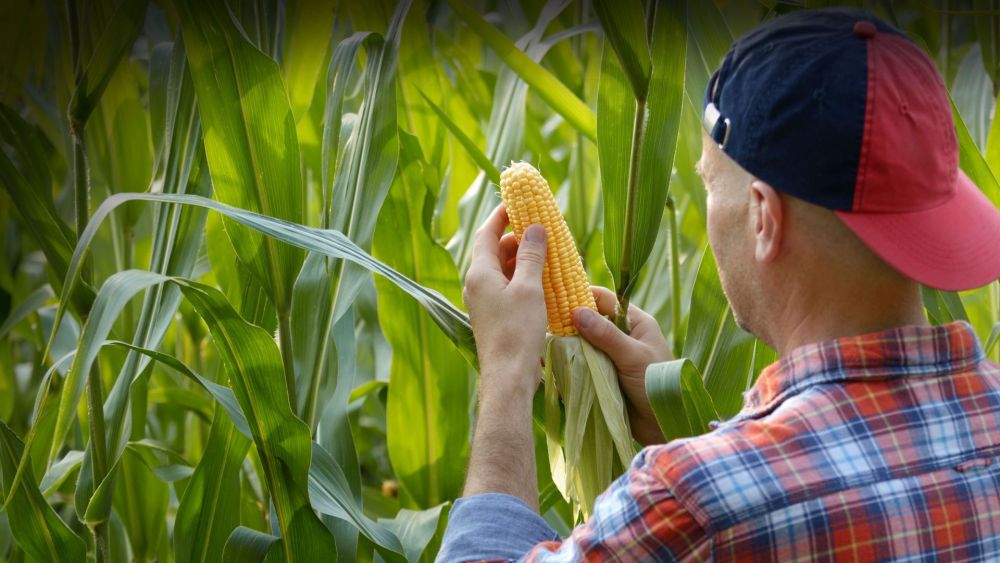What’s the point of a futures contract?
What we call a futures contract (or simply future) evolved from the somewhat less sophisticated forward contact. These are little more than arrangements between a buyer and seller to make a transaction on a set date in the future. Virtually all of commerce is built on these kinds of contracts. After all, if you’re producing a good or rendering a service, it helps to have some guarantee that you’ll get paid. And it really helps to know when and how much you’ll get paid.
Where did the futures contract come from?
Futures contracts aren’t just some arcane financial instrument. Early examples of futures have been found in the Mesopotamian Code of Hammurabi (1750 BC) and Aristotle’s Politics (400 BC), while the first truly modern futures exchange – the Dojima Rice Exchange – was formed in Japan in 1710.
Futures came about because farmers and merchants wanted a bit more certainty around the price of staples like grain and rice. After all, these crops were an essential part of everyone’s diet, so merchants needed to be able to sell and transport them around the country. So, farmers and merchants started making contracts – futures – to guarantee themselves a bit of certainty.
Long before harvest, a canny merchant would buy the right to purchase a farmer’s crop – say, 1,000 bushels of wheat – for a predetermined price – say, $2 a bushel. If a drought hit and all the farmers harvested less than expected, this contract would suddenly become very valuable. The merchant would have the right to 1,000 bushels of in-demand wheat that he could then sell on the market at a higher rate.
But, as mentioned earlier, futures are a huge boon for producers because they lock in a buyer. If, instead of a drought, all the farmers in town had huge bumper crops, the oversupply would cause the price of wheat to drop, possibly bankrupting the farmers who had to sell at rock-bottom prices or see their hard work go to waste. But the farmer who sold the future for 1,000 bushels of wheat at $2 a bushel is protected. He knows he’ll get at least $2,000 in revenue at the end of the season, no matter what the wheat market looks like. Farmers have always known that they need markets – someone has to want to buy all that stuff you grow, after all – but futures markets provided value in a new way: setting price floors well in advance that could protect farmers from worst-case scenarios. And, as many traders quickly realized, that value was worth paying for.
It didn’t take long for futures traders to realize that markets were needed for countless goods: copper, lead, zinc, soybeans, pork, beef, coffee, cotton, heating oil…and on and on.
So, why are there so many kinds of futures today?
Today, every major stock exchange is also a futures exchange, and futures are an essential part of investing in anything – via stocks and bonds – not just commodities. Today, there are over $11 trillion of futures traded every year. This explosion of trading activity makes sense when you keep in mind that a future contract adds value.
While a stock can be easily defined as a piece of a company and a bond is a piece of debt, it’s hard to say what exactly each of those is worth until the company is being acquired or going bankrupt. Since a future is tied to a specific moment in time, the value of the future imparts more information than the underlying stock, bond or commodity alone. Trading futures incentivizes traders to be constantly making plans and looking for valuable information about what will happen in the future, not just right now.
For an extreme example of futures’ value today, take a look at insider trading. If a trader has inside info that a CEO is announcing a merger later today, they can act on that information immediately, unfairly (and illegally) profiting from an information imbalance. These sorts of moves are harder – though not impossible – to make in the futures market, where months’ or years’ worth of potential swings are already priced in.
Here, we’re only giving you the most introductory look at how to trade futures: the first few minutes of the first lecture in Futures 101. But, with a little futures history making you a more thoughtful trader, your future will be that much brighter.
Optimize your trading with fractalerts!
Want to learn more about how math and physics can improve your trading? Take a more analytical look at the markets and remove the emotion… and misperceptions that run infectiously through the minds of most traders. Fill in the form on our home page and a member of our team would be happy to give you a call or engage via email.
-

The rhytm beneath the noise
-

You Don’t Need a Trading Style. You Need an Edge.
-

Consistency Isn’t the Goal—It’s the Outcome
-

What 2 Quadrillion Data Points Told Us
-

Math and Physics-Based Trading in Any Market Condition
-

Do not worry about anomalies
-

Consistency should not be the goal. Consistency should be the result.
-

Stop canceling fridays
-

The Elliott Wave Forecast is Subjective, Bias Driven And Backwards looking
-

Finding patterns in market data

